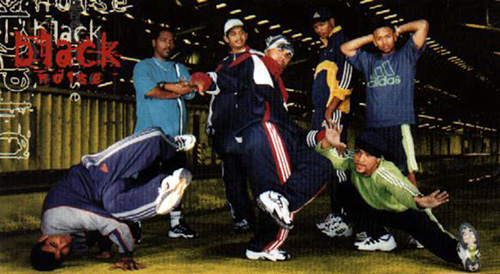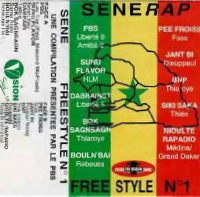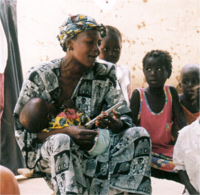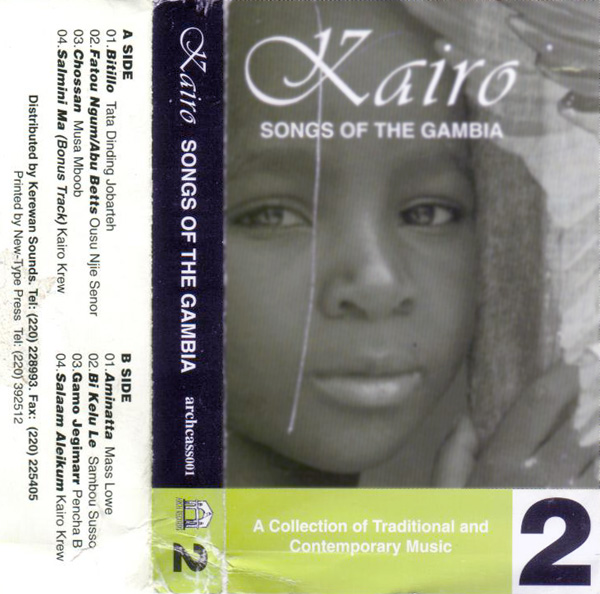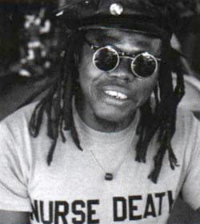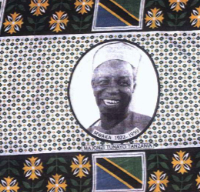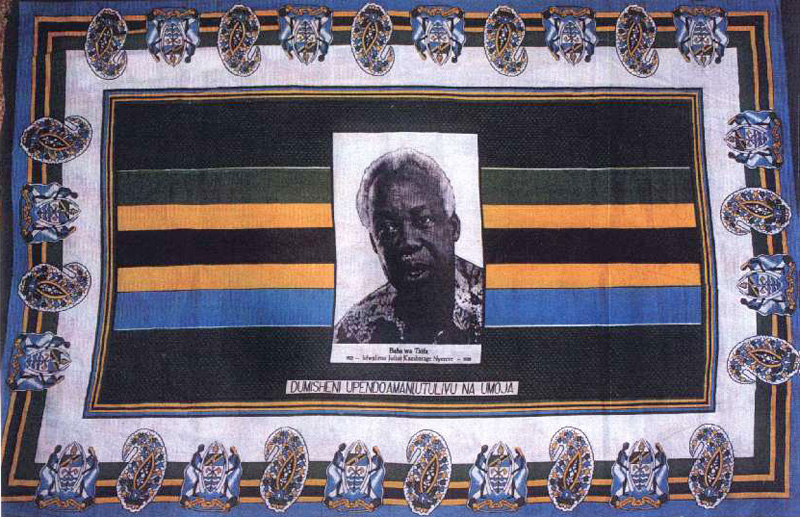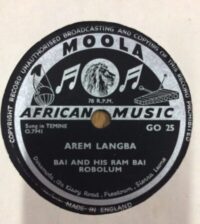(This article was originally published in 2002.)
Post-Apartheid South Africa as a crime and violence ridden society is still trying to overcome the racial-segregation and its discontents. Hip hop music of the early nineties represented by so-called gangsta rappers glorified a violent lifestyle. Both images can be found widely in the international media and in South African news papers as well. What they have in common is that they relate the ghetto life to a lifestyle of crime and violence. Hip hop music in this context is perceived as the sound track of an environment of violence, dictating every aspect of growing-up and socialisation.
Just as this concept of the violated South African society, especially in townships, is well-known outside the country, the international perception of rap music has reached South Africa as well. Gang warfare’s and ghetto crime’s global fame is due to its articulation within rap music. But it is not only restricted to US inner city ghettos. One can find this as well in the townships of the urban South Africa. With the growing popularity of US-hip hop, e.g. gangsta rap, the youth in the townships allegedly got something that they could relate to. On the other hand the public argued that rap music was not only a reflection of violence but also encouraged it.
